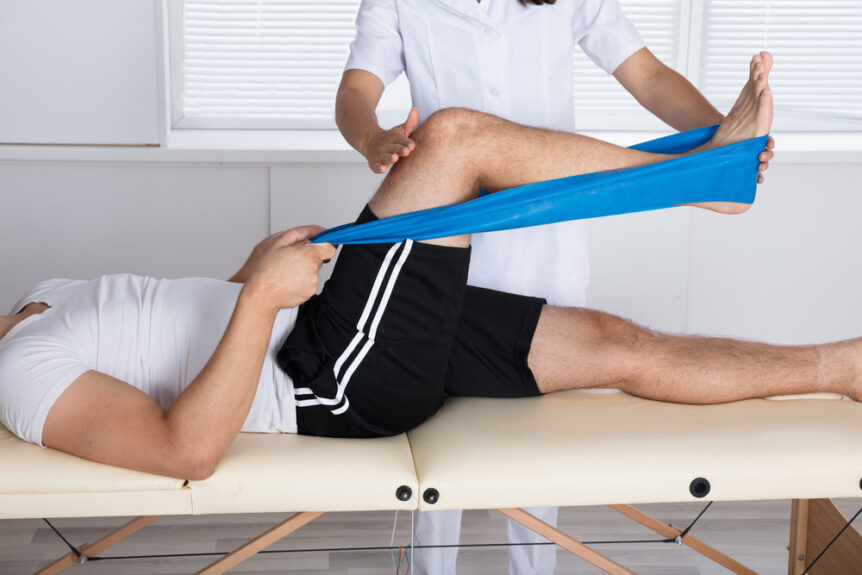Svensson, Melanie et al. Journal of Science and Medicine in Sport, 2024, in press
Objectives
To explore how participation in physical exercise (PE) changes over time after an anterior cruciate ligament (ACL) injury. Additionally, to identify factors associated with participation in PE by analyzing longitudinal data.
Design
An explorative analysis of the NACOX study, a prospective multicenter cohort study.
Methods
Patients with an acute ACL injury aged 15-40 years were followed for three years. The patients regularly reported participation in PE, knee function, new injuries, and surgeries. State sequence analysis and Hierarchical Cluster Analysis were used to analyze participation in PE. Clusters were compared using an analysis of variances, the Chi-square test, and Fischer’s exact test.
Results
The study included 275 patients, 52% female, with a mean age of 25 years. Four clusters were identified, varying from low to high participation in PE after an ACL injury. Clusters differed regarding the number of ACL reconstructions (ACLR) (p = 0.03); time from injury to ACLR (p = 0.03); patient-reported knee function at the follow-ups at 3-months (p = 0.02), 6-months (p = 0.02), and 12-months (p = 0.02) after injury; PE level before injury (p < 0.001); and number of new injuries and surgeries (other than ACLR) (p = 0.001).
Conclusion
Four clusters, varying from low to high participation in PE after an ACL injury were identified. The results provide valuable insight into factors associated with different levels of participation in PE, which can be helpful for healthcare personnel working with ACL rehabilitation.

